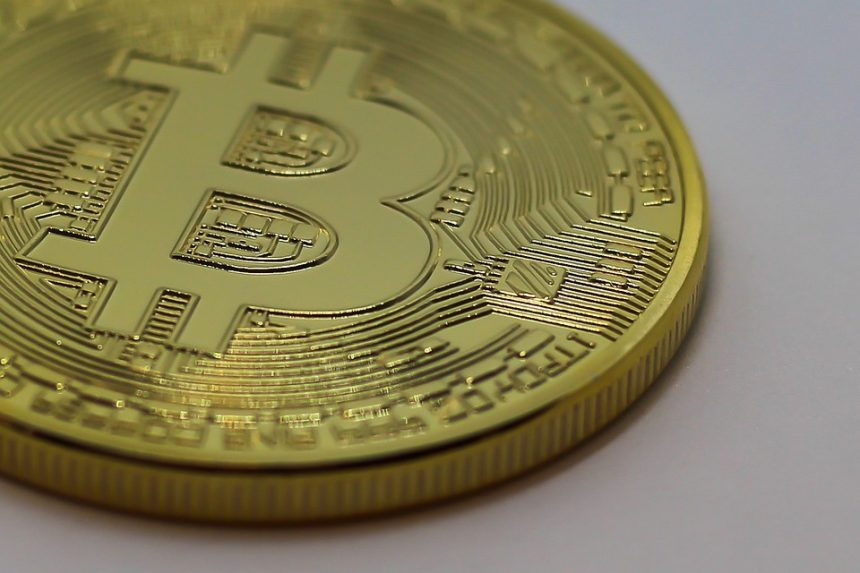The rise of non-fungible tokens (NFTs) has captured the imagination of artists, collectors, and investors alike, primarily due to their groundbreaking implications in the art world. However, the potential of NFTs transcends the confines of digital art and graphics. As blockchain technology matures, NFTs are emerging as transformative tools across various sectors, particularly in the realm of intellectual property (IP). This article explores how NFTs are revolutionizing the management, ownership, and monetization of intellectual property.
Understanding NFTs
Before delving into their impact on intellectual property, it’s essential to define NFTs. Non-fungible tokens are unique digital assets verified on a blockchain, representing ownership or proof of authenticity for various items. Unlike cryptocurrencies such as Bitcoin or Ethereum, which are fungible (one unit is interchangeable with another), NFTs are distinct and can represent ownership of everything from artwork to tweets to virtual real estate.
Ownership and Provenance
One of the most significant advantages of NFTs is their ability to establish and verify ownership and provenance. Cryptography allows the original creators to attach their names and records to their creations, ensuring that ownership remains transparent and tamper-proof.
IP Protection
For creators, whether they are artists, authors, musicians, or inventors, protecting intellectual property is crucial. NFTs can help safeguard the rights of creators by providing proof of ownership that is immutable and publicly verifiable. This represents a significant shift from traditional IP systems, which often suffer from complexities, ambiguities, and enforcement challenges.
Additionally, NFTs can embed license agreements within the token. This would allow creators to dictate how their work can be used, whether for commercial purposes or personal enjoyment. Contracts may include clauses for royalties, which ensures ongoing income from secondary sales, enabling creators to benefit financially as their work gains popularity.
NFTs in Licensing and Distribution
In traditional models, licensing and distribution of intellectual property are often handled by middlemen, such as agents or publishers, resulting in inefficiencies and reduced profits for creators. NFTs can disrupt this model by allowing direct transactions between creators and consumers, minimizing the need for intermediaries.
Decentralized Marketplaces
The rise of decentralized marketplaces allows creators to list their work directly as NFTs, providing more control over how it is sold and distributed. For example, musicians can release albums as NFTs, granting fans exclusive rights to content or experiences (like concert tickets or backstage passes). The decentralized nature of blockchain also allows for global reach, enabling creators to connect with audiences without geographic constraints.
Enhancing Collaborative Works
NFTs facilitate collaborative projects by allowing multiple creators to establish joint ownership and clear revenue-sharing agreements. For instance, a group of artists can collaborate on a digital piece, each holding a portion of the NFT that represents their share in the work. This model fosters creativity and encourages partnerships across various fields, from film to literature.
Innovations in Copyright Enforcement
The enforcement of copyright has always been fraught with challenges, leading to rampant piracy and unauthorized use of creative works. Blockchain technology, coupled with NFTs, presents innovative solutions for copyright enforcement.
Smart Contracts
Smart contracts—self-executing contracts with the terms of the agreement directly embedded—can automatically enforce licensing terms. If a work is used beyond its permitted scope, penalties can be applied without the need for legal intervention. This not only simplifies enforcement but also strengthens the economic rights of creators.
Trademark and Branding
In addition to protecting creative works, NFTs can also play a pivotal role in safeguarding trademarks and branding. Companies can mint NFTs that represent their brand identity (logos, slogans, trade dress) on the blockchain. This process ensures that their branding is securely linked to their official identity, combating counterfeiting and brand dilution.
Brand Engagement
Brands can leverage NFTs for customer engagement, launching limited edition digital collectibles that resonate with their audience. This not only creates a new revenue stream but also fosters brand loyalty as consumers feel a sense of ownership and exclusivity over unique digital items.
Challenges and Considerations
Despite their potential, the integration of NFTs into traditional intellectual property frameworks is not without challenges. Legal recognition of NFTs as legitimate forms of ownership is still evolving. Jurisdictions around the world are grappling with how to regulate this new technology, creating uncertainty for creators and businesses alike.
Moreover, environmental concerns surrounding blockchain technology, particularly energy-intensive consensus mechanisms like proof-of-work, raise questions about the sustainability of widespread NFT adoption. Efforts are underway to address these concerns, with platforms exploring more sustainable alternatives such as proof-of-stake.
Conclusion
NFTs hold immense potential to reshape the landscape of intellectual property. By enabling clear ownership, enhancing licensing mechanisms, and providing reliable copyright enforcement, NFTs have the power to empower creators and innovate the way IP is managed in the digital age. As technology continues to evolve, and as more industries begin to recognize the opportunities presented by NFTs, we can anticipate a revolution that extends well beyond art, ushering in a new era of creativity, collaboration, and copyright protection. The journey is just beginning, and its trajectory promises to be as fascinating as it is impactful.




![The Future of ICOs: Trends and Predictions for [Year] The Future of ICOs: Trends and Predictions for [Year]](https://only-meme.com/wp-content/uploads/2024/09/litecoin-3344682_960_720-150x150.jpg)

